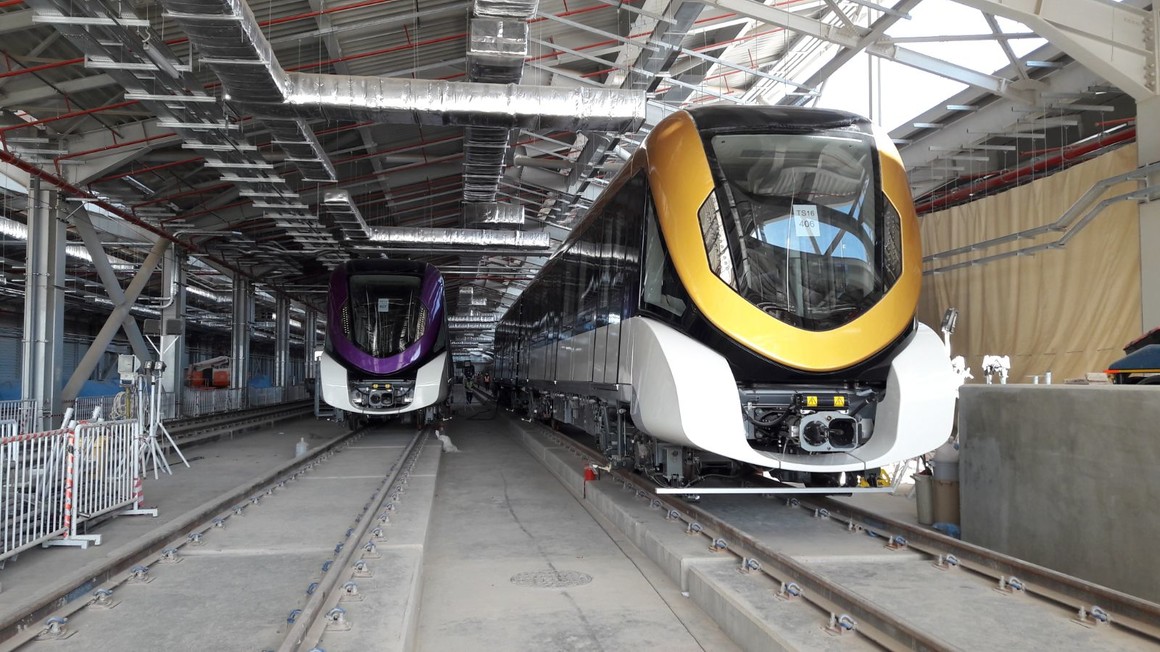A lot of work goes into keeping trains on time and running smoothly. These powerful machines rely on clean and shapely tracks, and a lot of moving parts to keep them on the rails, steadily chugging along.

Brake Tests
Most trains use an air brake system on their rail cars. This system relies on the charging of air reservoirs for their use. To test the effectiveness and efficiency of the brakes, you’ll need an alternative source of air pressure. That means you’ll be turning to your yard air source and an approved testing device. Tests should be performed regularly, or any time a car has been off air for more than 4 hours. The test devices themselves should also be calibrated once every 92 days.
Ballast Regulation
Often, gravel is used to support the rail and shape the ground around it, otherwise known as track structure. Every so often this gravel ballast will need to be reshaped. There are large pieces of equipment that can be run down the rails and include arms and plows in order to distribute gravel and shape it correctly- these are called ballast regulators and ballast tampers.
Ditch Cleaning
Another important aspect of track structure that needs to be maintained is the drainage. Water buildup can damage the track itself, the ties and the rails. In order to keep this water from the track, ditches are dug and maintained. In the old days, this was done by hand with a large crew of workers. These days, equipment exists to dig and clean ditches automatically. Sometimes called diggers, these machines can also be used to plow snow from the right-of-way, as well.
There’s a reason why railroads used to create so many jobs along the lines, there’s a lot of work to be done on cars and tracks alike. Luckily much of this can now be done by machines, making railroad maintenance quicker and more efficient.